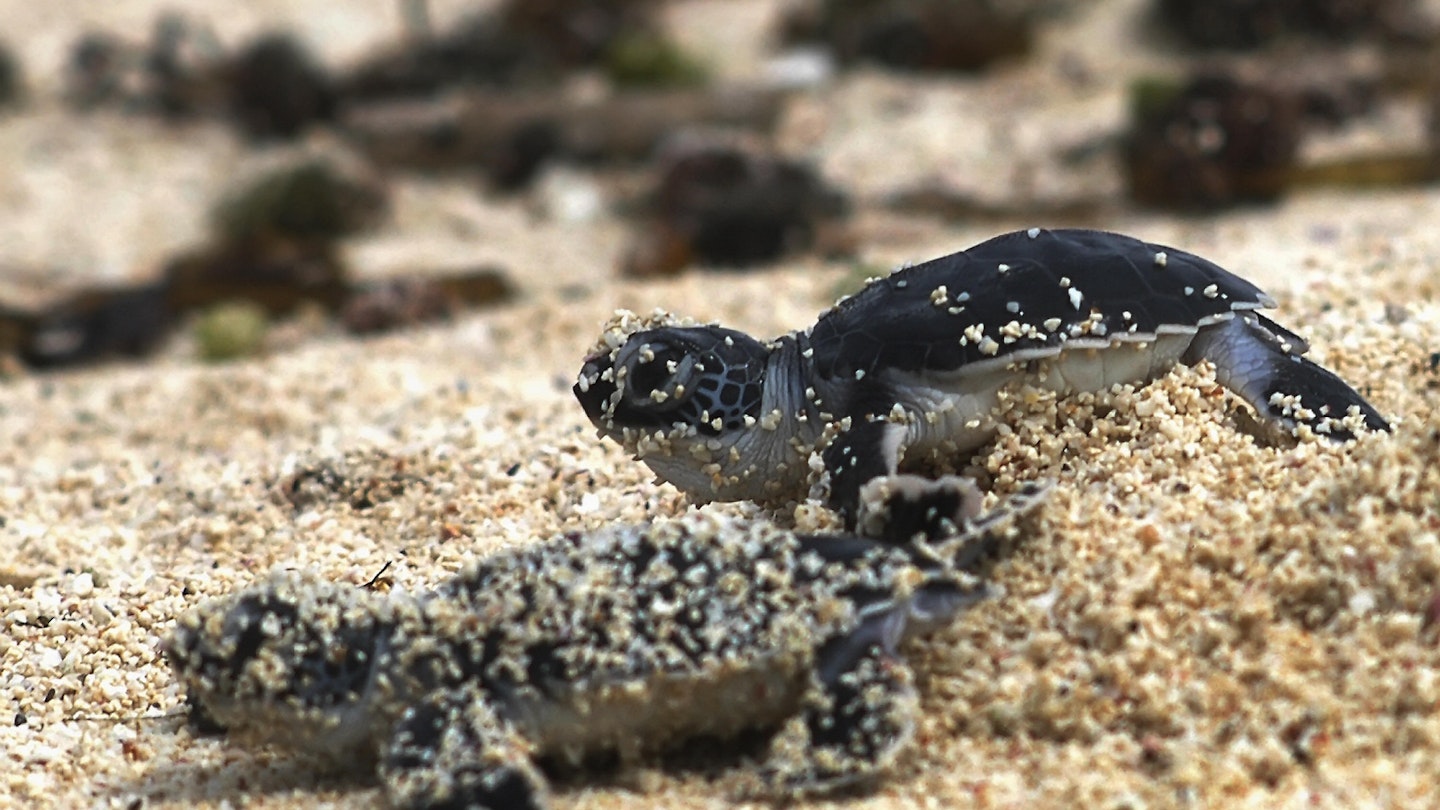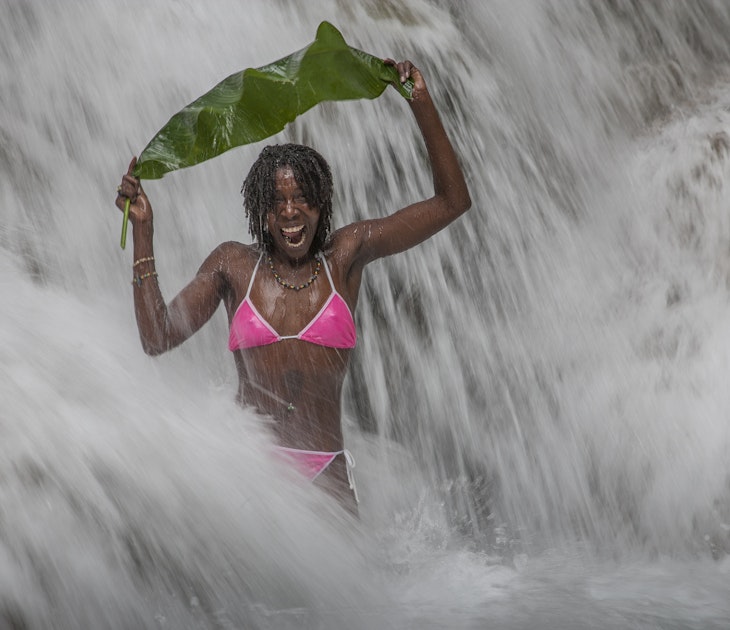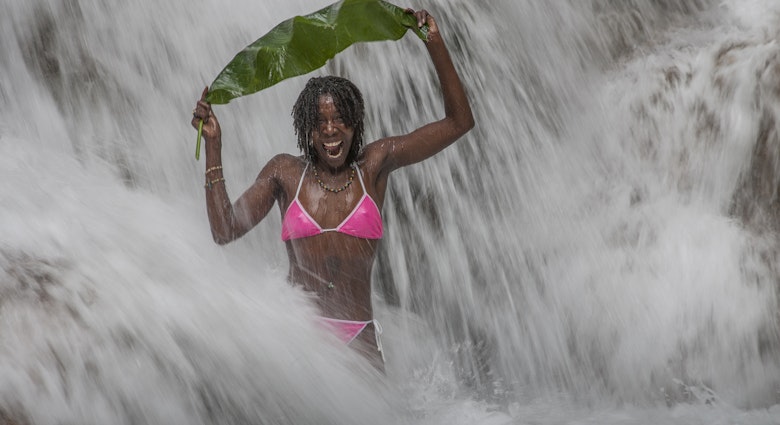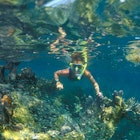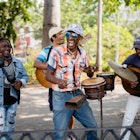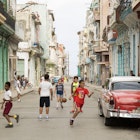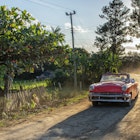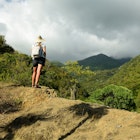Cuba is home to some of the Caribbean’s best-protected ecosystems, which give visitors a chance to take in natural beauty and native wildlife.
Usually associated with the hectic pace of Havana and all-inclusive beach resorts like Varadero, the island has 14 national parks that aren’t well known – but should be. At reserves throughout the country, travelers will find verdant hills, isolated coastlines and turquoise-encircled islets, plus wilderness areas with incredible natural features.
Below are our picks for the seven national parks in Cuba you shouldn’t miss.
Parque Nacional Guanahacabibes
Best national park for wildlife watching
One of Cuba’s largest national parks, Guanahacabibes offers sweeping coastline with rocky formations interrupted by a dozen unspoiled beaches. A Unesco Biosphere Reserve, these protected lands on the spur of western Cuba extend across 400 sq km (154 sq miles) of the Cabo de San Antonio peninsula.
From May to September, four species of marine turtle come to Guanahacabibes to lay their eggs on the sand dunes, mostly around Playa La Barca. The peninsula also hosts 200 of the 368 bird species known in Cuba, including migrant birds during the winter season. Keep an eye out for kestrels, herons, pink flamingos, brown pelicans and native zunzuncitos (hummingbirds).
Multi-day tours are best arranged through specialized travel agencies. You’ll need 4WD transportation and expert advice to explore a park that’s vast and magnificent but lacking in tourist-friendly signage. Start your journey at the Centro de Visitantes in La Bajada.
For a day of diving or snorkeling, visit the María la Gorda diving center, close to some 50 diving spots. Gear up to enjoy one of the world’s best diving areas, home to colorful tropical fish and the Caribbean’s largest reef of black coral.

Valle de Viñales
Best national park for cycling and hiking
Just three hours from Havana, Viñales is a dreamland for outdoor adventurers. The road to get here zigzags by steep hills and fields of pine trees before depositing visitors in a red and green landscape dotted with dramatic round-topped limestone formations known as mogotes. Pack your days with activities or opt to relax on a porch watching the sun set behind forested mountains.
In addition to trekking to Valle del Palmarito or the isolated Los Acuáticos community, one of the park’s biggest attractions is cycling. North of Viñales town, the scenery is moderately flat, with decent roads that go through verdant tobacco plantations and muddy back roads that pass by picturesque thatch-roofed houses.
Unless you’re day-tripping from Havana, base yourself in the picturesque town of Viñales, which has an excellent array of casas particulares (private homestays). Owners will hook you up with local guides to take you hiking, cycling, horseback riding and even climbing in Gran Caverna de Santo Tomás.
Exploring Cuba's most gorgeous beaches
Parque Nacional Ciénaga de Zapata
Best national park for bird-watching and diving
Extending over 300 sq km (116 sq miles), Parque Nacional Ciénaga de Zapata contains the Caribbean’s largest wetlands and a coastal area rich in coral reefs and tropical fish. You’ll find the visitor center in Boca de Guamá, a hub from which to head out on excursions. You might ride a motorboat to Laguna del Tesoro, or visit a crocodile farm that also has guinea-pig-like hutias, freshwater turtles and endemic majuarí (Cuban gar).
While driving south toward Playa Girón, stop at the crystal-clear cenote of Cueva de los Peces, then enjoy a couple of hours at family favorite Caleta Buena and its shallow natural pools. Swim in transparent Caribbean waters at Punta Perdiz: without the need for special diving equipment, you’ll see curious isabelitas and carajuelo fish playing with your toes. Scuba fans should plan for several immersions at Playa Larga’s multiple diving spots, including shipwrecks from the Spanish colonial era.
The Ciénaga is crossed by several bird-watching trails, with Bermejas being the richest in endemic wildlife. Located about 3km (2 miles) from Playa Girón on the road to Cienfuegos, Bermejas is home to 19 endemic bird species (out of the 24 reported in the swamplands). Look out for tocororo (Cuban trogon), cabrerito de la ciénaga (Zapata sparrow) and ferminias (Zapata wren). You’ll need an expert guide; casa owners and locals in Playa Girón will hook you up with the right one.
Parque Nacional Los Caimanes
Best national park for snorkeling
Off the northern coasts of Villa Clara and Ciego de Ávila provinces, Los Caimanes is one of Cuba’s most biodiverse marine regions, and home to some 658 species. Though this chain of islets was officially declared a national park in 2008, few tourists reach it – so expect truly unexplored marine landscapes.
Ninety-nine percent of its 288 sq km (111 sq miles) is underwater and best discovered by boat from the Cayo Las Brujas marina, where you can also arrange for snorkeling and diving excursions at the park. Ask at the marina for a visit to Cayo Media Luna, where a wrecked ship lies in shallow waters at the western tip of the islet.
Rumor has it American writer Ernest Hemingway navigated his boat Pilar through these islands looking for Nazi submarines during World War II. He later reported that Cayo Media Luna inspired the seascape of his book Islands in the Stream.
The best time to visit Cuba for sunshine, beaches, festivals and more
Parque Nacional Caguanes
Best national park for lesser-known excursions
Bathed by the Buenavista Bay, Caguanes is a chain of 10 islands (Cayos de Piedra) and mangrove-filled wetlands that are all but unvisited by foreign tourists. The protected 204-sq-km (79-sq-mile) park features caves, archeological sites and colonies of flamingos – and is perhaps best known for being the home to huge bat colonies. The world’s smallest bat (butterfly bat) and the largest in Latin America (pescador bat) both live here.
To explore Parque Nacional Caguanes, check at Villa San José del Lago for boat-trip excursions around Cayos de Piedra or to the Humboldt, Ramos and Los Chivos caves. The coastal mangrove lands are home to 112 resident and migrant bird species from November to March. The park is also home to a variety of reptiles and amphibians, including Cuba’s longest snake, the majá de Santamaría.
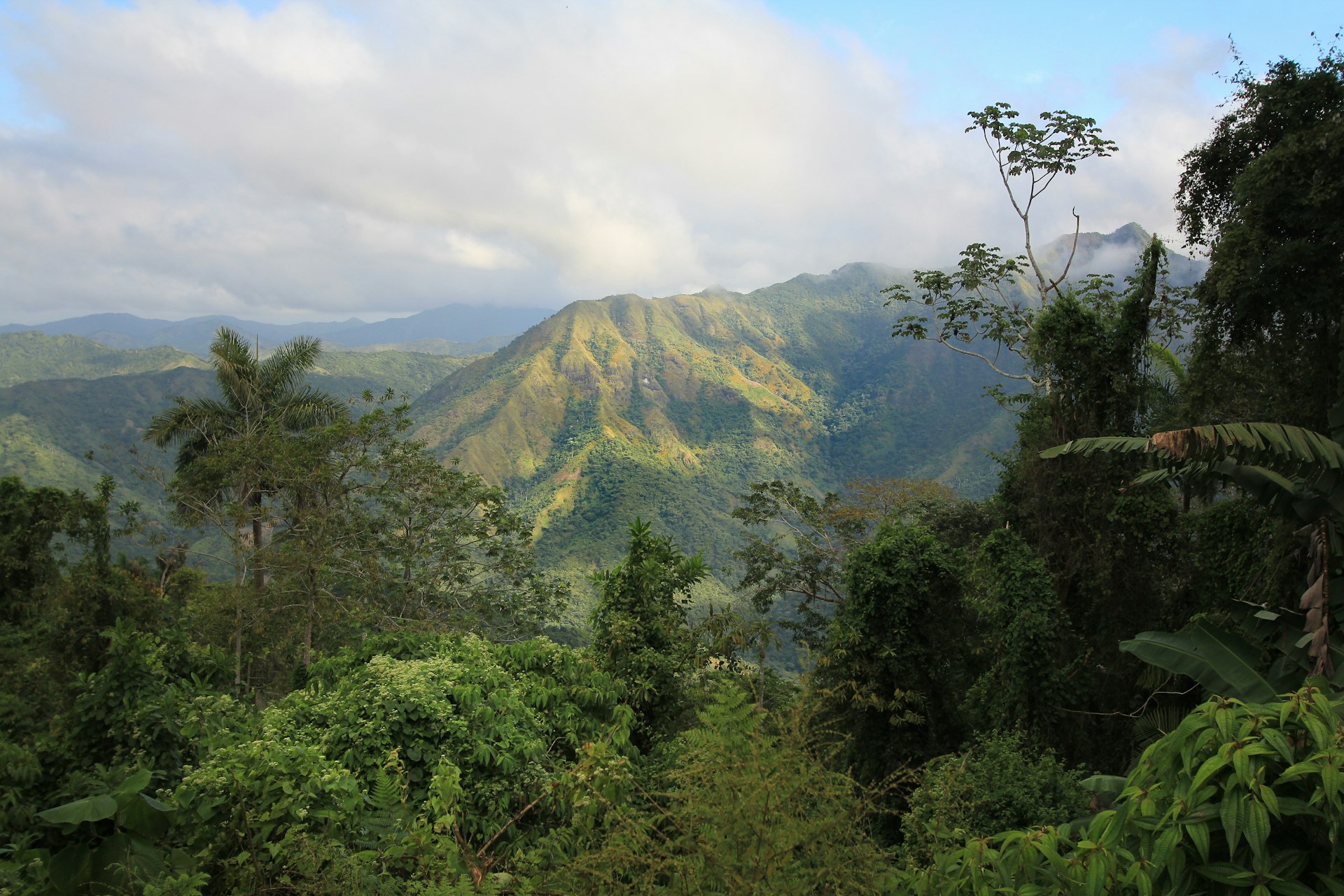
Parque Nacional Turquino
Best national park for trekking
Home to monumental ferns, Parque Nacional Turquino displays exuberant foliage in lush, mountainous landscapes. Straddling Santiago de Cuba and Granma provinces, the park includes the island’s top highest elevations: Pico Real del Turquino (1975m), Pico Cuba (1872m) and Pico Suecia (1734m), all with a range of choices for hiking. From Villa Santo Domingo, a visitors’ hub with shops and accommodations, you can hire a guide (mandatory to explore the park) and wind your way up the road to the park base at Altos del Naranjo, stopping midway to gaze at the pebbled beaches at the foot of the stunning Sierra Maestra mountain scape.
A 3km (2-mile) hike from the entrance to the park leads to Comandancia de la Plata, the guerrilla headquarters in the late 1950s, where Fidel Castro’s command post is still exhibited as a mini-museum in a forest clearing. To reach the summit of Pico Turquino, you’ll have to camp for the night at the mountain’s base. In addition to lightweight clothing and hiking shoes, you’ll need insect repellent and non-perishable snacks and food. This is Cuba’s hottest and most humid region, so it’s best visited during spring or fall.

Parque Nacional Alejandro de Humboldt
Best national park for admiring native flora and fauna
Arguably Cuba’s most spectacular ecosystem, Parque Nacional Alejandro de Humboldt is also one of the island’s least explored parks, with a complex geology and dense forests. Housing an impressive number of native species, most of the mountains are still untouched, and highly protected. A few eco-trails run inland behind the town of Baracoa.
Unesco listed Parque Nacional Alejandro de Humboldt as a World Heritage Site because so many of its plant and animal species are endemic: a third of its mammals, a quarter of its birds, more than three-quarters of its reptiles and nearly all the park’s amphibians.
As with other parks in Cuba, using a guide is compulsory; you can arrange tours from most of the tourism offices in Baracoa. There’s a network of trails that end at waterfalls, with El Copal trail being the shortest option. For an immersive experience through dense vegetation, take the 5km (3-mile) Balcón de Iberia trail, the longest available for a one-day excursion. Ask the guide to help you find the Monte Iberia eleuth, the Northern Hemisphere’s smallest frog, measuring a minuscule 9mm when fully grown. Manatees are protected in the waters of the Bahía de Taco, which can be explored on a two-hour boat trip.
At the end of the trails, most tours include a one-hour dip in Playa Maguana on the way back to Baracoa.
You might also like:
How to get around in Cuba
The 10 places you can't miss visiting in Cuba
Why female Cuban professionals are leaving their careers to become artists

